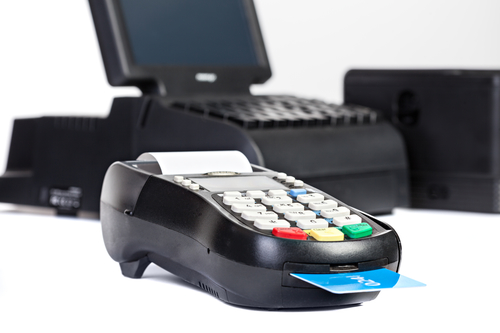Historical data presents an apt way to analyze previous sale history, which makes categorization easier for the merchants. Introduction of old data addition to the sale system structure has its share of merits and demerits. Uploading a huge amount of database per consumer can be a tedious task, and it demands a lot of time and labor to be invested in inputting some irrelevant information such as marital status and addresses of the consumers. Another drawback is the cost to hold historical data, which consumes valuable space and bandwidth. So, for example, should you relocate your historical data to your new Aldelo POS? Let’s take a look at few vital points.
Detailed access to customer purchase history
Every market has a different set of customers who prefer buying products of different categories. By retaining the historical data into a POS system, you’ll be able to access customer purchase history in details. This will give you a clear idea as to what group of customers target specific items, and what has been the consumer trend over the years. When you upload POS data from the previous system, it gives you a clear idea on how to adjust sale tactics.
Better data analysis and story-telling
90% the amount of data in the world has been generated over the last 4 years, and big-shot businesses have made the most of this by analyzing the new and old data alongside, to prepare comprehensive sales report, and tell stories about potential prospects. Top companies across the world have resorted to get their raw data sorted out, in order to clear the air as to what exactly dominates the market and what not. POS systems make the task easier for you, as they categorize the data by date and time of the year. If you are looking to put some trial product on sale in the marketplace, this data can come in handy when analyzing the outcome.
Manual input can waste your valuable time
Pulling back old data to a new location has a dark side, too. Depending upon the source of historical data, you may be forced to input a good chunk of information manually. This can lead to wastage of valuable time, and there are high chances that the person updating such data might end up messing the whole input. Not only does it reduces the productivity, but is also detrimental for future analysis. It’s always a wise option to relocate historical data electronically.
Historical data can take up a lot of storage space
Some POS systems have a storage restriction on the amount of data that can be uploaded to the cloud. If you exceed that limit, you’ll have to pay more for the extra space. Always ask the service provider whether added data is available for purchase.
The best thing that can be done is to upload only that part of the data which you think can be beneficial for the growth of sales counter. Before buying a POS system, make sure that it supports sufficient data storage, and also inquire about the procedure to integrate historical data with the new POS system.
